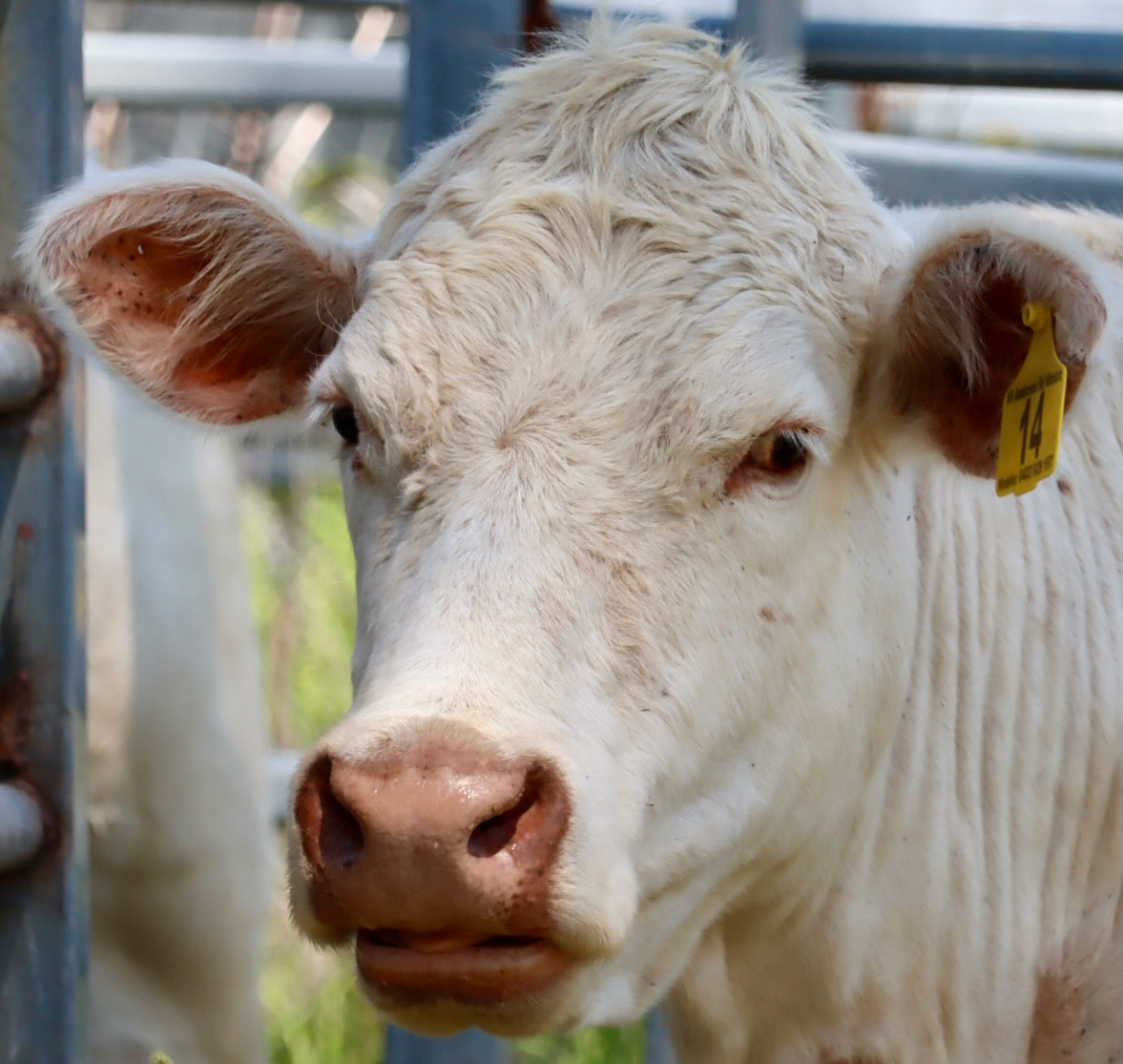Facial Recognition Technology (FRID)
This revolutionary new technology is designed to streamline livestock management and provide you with more precise data about each animal and making it easier to match new borns with their mothers digital records to track performance over time. With this feature, you can upload photos of your livestock directly into the software as you process them in the yards. Our new facial recognition AI algorithm will then process these images, allowing for enhanced tracking and monitoring capabilities. When 3 good images are stored in the animal individual profile the animal can be identified with close to 100% accuracy with a new photo and even after a significant period of time.
Facial Match Demo
This incredible new AI facial recognition technology can analyze and retrieve individual animals profiles and history instantly.
Simply upload 3x clear headshot pictures for their individual profile (get a green tick) and then when in yards just take a photo and upload for an instant ID match.
Extremely useful if animals are stolen and tags are removed. Also works well if you dont want to use ear tags for ID or an ear tag has been lost / damaged.
This technology also ensures if ear tags are lost the data can still be retrieved. It also removes the requirements of livestock branding which reduces workload and potential discomfort for the animals. Drone pictures of new borns can be used to identify and match calves at a later date ie during marking to their mothers so cow performance can be tracked. The optimal way to take an accurate picture is to have the animal looking straight ahead to the camera. This can also easily be done with a drone or a new smart phone with zoom.

FRID Optimal Photo
To maximize the accuracy of the facial recognition technology, it's important that the photos are taken correctly.
- Centering the Animal's Face: Ensure the animal's mouth, nose, and eyes are clearly visible and centered in the middle of the photo. This is crucial for our technology to accurately recognize the animal.
- Lighting: Natural lighting is best. Make sure the photo isn't overexposed or underexposed, as this can make it difficult for the system to analyze the image.
- Distance: Don't stand too far away or too close. The animal's face should occupy the majority of the frame, but the entire face, including ears, should be visible.
- Quality: Use a high-resolution camera if possible. The clearer the photo, the more accurately our system can identify the animal.
Free Trial with a 30 Day Full License
Test out the new Facial Recognition technology today : www.livestockpro.app/register
